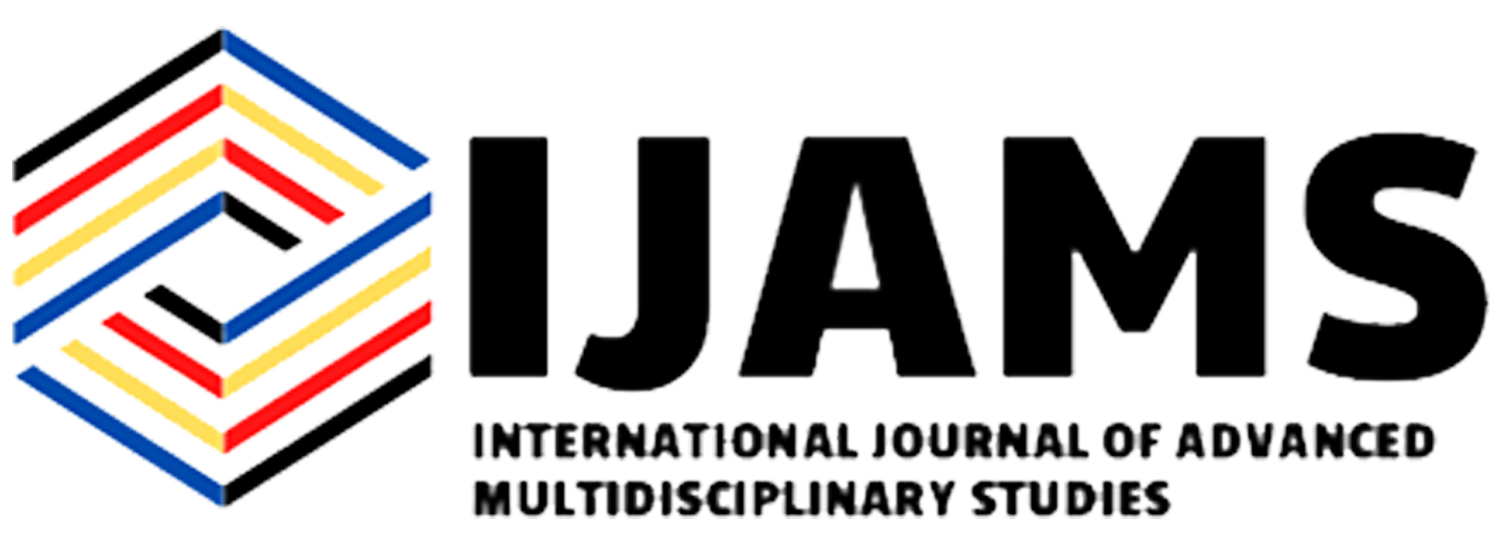ISSN: 2782-893X
eISSN: 2799-0664
 ISSN: 2782- 893X
ISSN: 2782- 893X


— This study examined the relationship between eight educational leadership styles (visionary, instructional, participative, authoritarian, transactional, servant, laissez-faire, and distributed) and teacher motivation and performance in Las Piñas City’s secondary public senior high schools. Using a descriptive correlational design, data from 200 teachers and 40 school leaders, gathered through survey questionnaires, were analyzed using weighted means, frequency distributions, Pearson correlations, and linear regression. Results showed that instructional, participative, and visionary leadership styles were most effective in enhancing intrinsic motivation and improving teacher performance. Instructional leadership had a significant positive correlation with intrinsic motivation, while participative leadership showed an even stronger correlation. Visionary leadership correlated highly, highlighting importance of a shared vision. Conversely, authoritarian and laissez-faire styles were less effective; laissez-faire, while showing a moderate correlation with intrinsic motivation, lacked the structure for optimal effectiveness, and authoritarian leadership showed weak correlations. Regression analysis confirmed instructional leadership as a key predictor of intrinsic motivation, and visionary leadership as a significant predictor of extrinsic motivation. Servant and distributed leadership positively contributed to teacher well-being and professional growth. Overall, all leadership styles were perceived as effective, but visionary and participative leadership excelled in fostering collaboration and motivation. Teacher performance ratings were generally high, with intrinsic motivation a stronger driver of performance than extrinsic motivation. The study found a strong correlation between leadership style and teacher performance, especially for visionary, instructional, and distributed leadership approaches. The study concluded with the development of the Estrada Educational Leadership Framework (EELF), integrating instructional, visionary, participative, and balanced laissez-faire elements to cultivate a high-performing and motivated teaching workforce through structured support, motivation, autonomy, and well-being. Keywords — Educational Leadership Styles, Performance, Motivation, School Leader